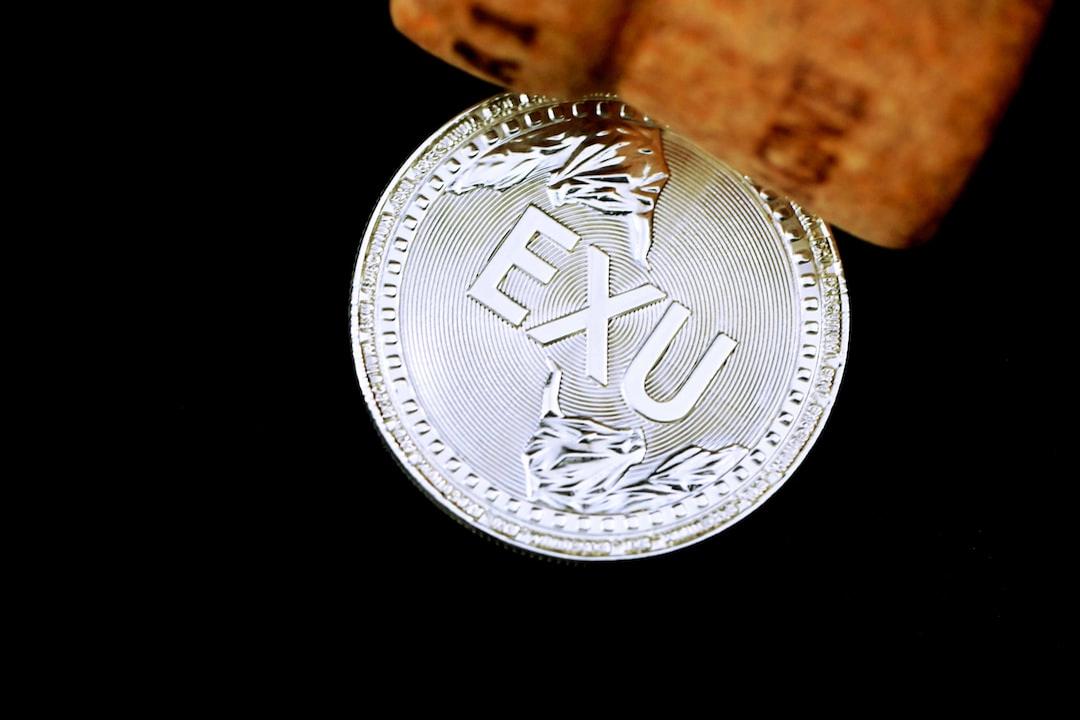Bitcoin (BTC) enters the first week of its new halving epoch with strong momentum as bulls push closer to the $70,000 mark. The recent halving event has sparked renewed interest in BTC price action, signaling a potential recovery after a period of volatility and a drop to six-week lows. While previous halvings have typically seen a downward trend followed by a gradual recovery, this cycle has been unique, with BTC/USD reaching a new all-time high before the halving. As miners adapt to the changing landscape and Bitcoin faces geopolitical and macroeconomic challenges, the possibilities for the cryptocurrency in 2024 are wide open. In this weekly digest, Cointelegraph examines the key factors that Bitcoin market participants should watch out for.
One of the factors affecting Bitcoin’s post-halving rebound is liquidity. After a relatively uneventful weekly close, BTC/USD surged beyond $66,000, its highest level since April 15. However, the presence of a large block of ask liquidity above the spot price suggests that there may be resistance preventing a further increase in price. This liquidity was not present while Wall Street was closed, indicating that market participants may be waiting for an opportune time to buy. Despite the recent highs, BTC/USD has not seen significant liquidation of short positions, indicating that traders are still cautious.
Analysts are now turning their attention to the potential price range for Bitcoin and whether it will experience a “parabolic upside” following the halving. Popular trader and analyst Rekt Capital suggests that BTC/USD is currently in a “re-accumulation phase” characterized by consolidation around the halving. This phase could serve as a launching pad for long-term gains. Rekt Capital also notes that any downside movement in BTC price during the pre-halving period has presented buying opportunities, further supporting the idea of a potential price increase.
The volatility of Bitcoin is also influenced by macroeconomic factors, such as U.S. economic data prints. This week’s data releases, including first-quarter GDP and jobless claims, as well as the March PCE Index, which is the Federal Reserve’s preferred inflation measure, will be closely watched. The balance between hawkish and dovish economic policy will impact risk assets, including Bitcoin. Recent language from Fed officials suggests a “higher for longer” approach to interest rates, but central banks in Europe and the United Kingdom may initiate rate cuts before the Fed. The shift in sentiment among U.S. equities, as indicated by the Crypto Fear and Greed Index, could also affect Bitcoin’s correlation to equities.
Another factor affecting Bitcoin is transaction fees. Since the halving, transaction fees have made headlines for reaching high levels, surpassing $200 at one point. This has resulted in significant earnings for Bitcoin miners, despite the reduction in block subsidy. Charles Edwards, founder of Capriole Investments, notes that the new halving epoch represents a shift for Bitcoin, with the electrical cost of mining now higher than the spot price. Edwards expects a combination of BTC price increase, unprofitable miners shutting down, and high transaction fees to bring balance to the market.
While stocks experience a decline in sentiment, crypto sentiment has seen a resurgence. The Crypto Fear and Greed Index, which measures sentiment in the crypto market, has shifted from “greed” to “extreme fear” in a matter of days. This coincided with a retracement in BTC price and a reset in funding rates and open interest across exchanges. The change in market positioning could potentially lead to a broader market rebound.
Overall, Bitcoin’s performance in the new halving epoch is being closely monitored by traders and analysts. The combination of liquidity, price range, macroeconomic factors, transaction fees, and market sentiment will play a crucial role in determining Bitcoin’s future trajectory. As the cryptocurrency continues to navigate a complex landscape, anything is possible in 2024.

